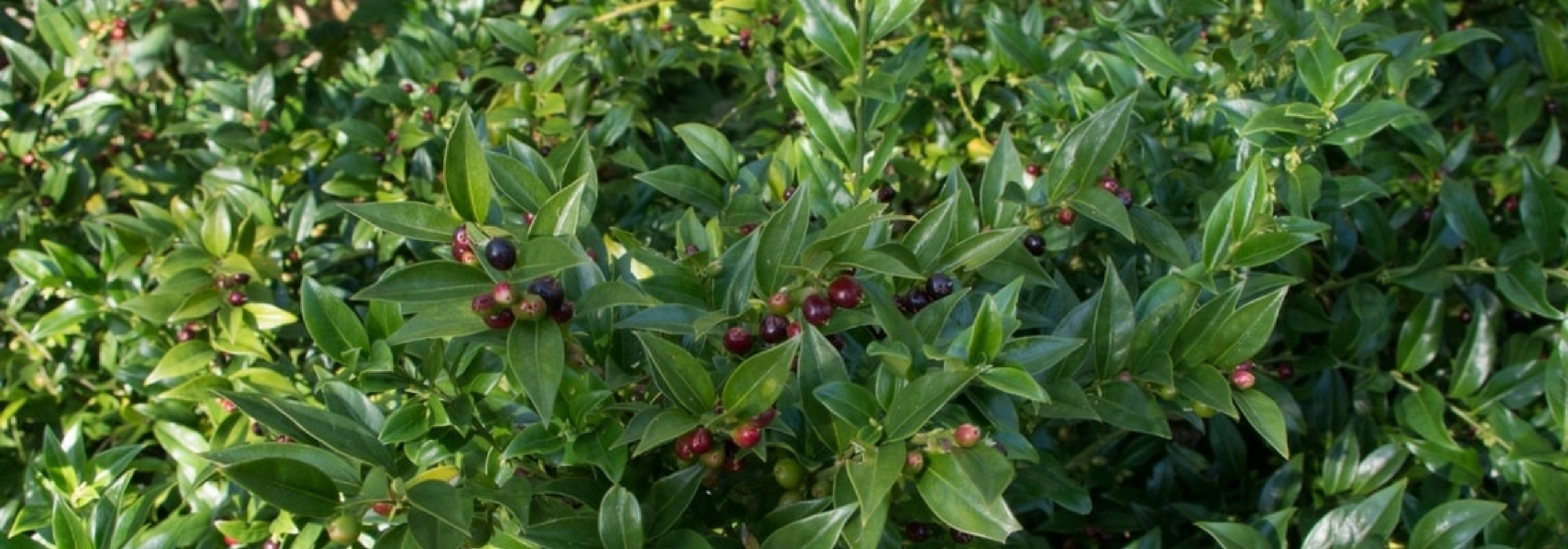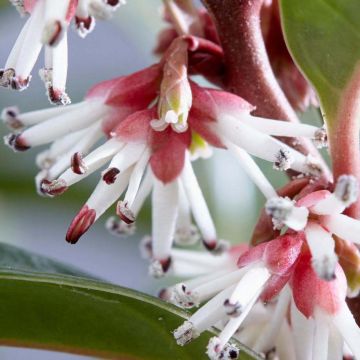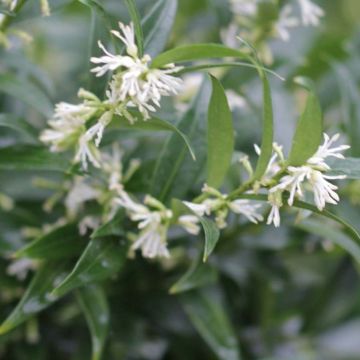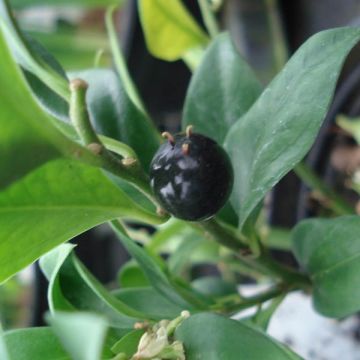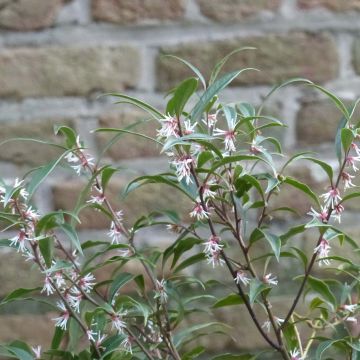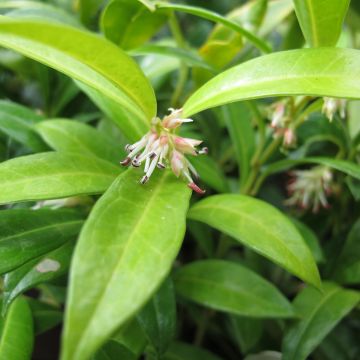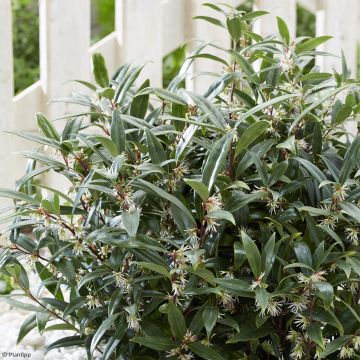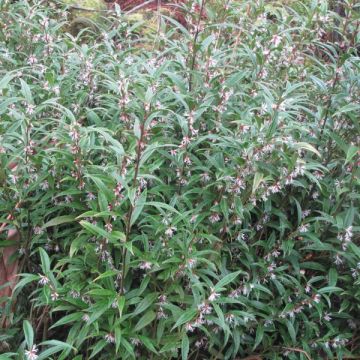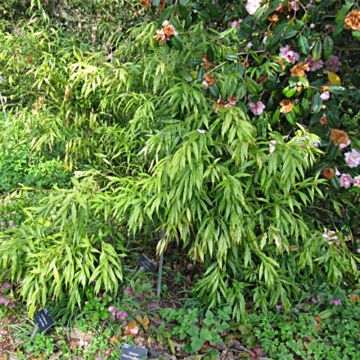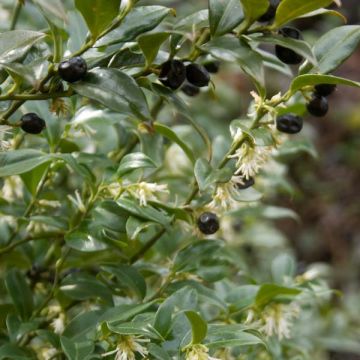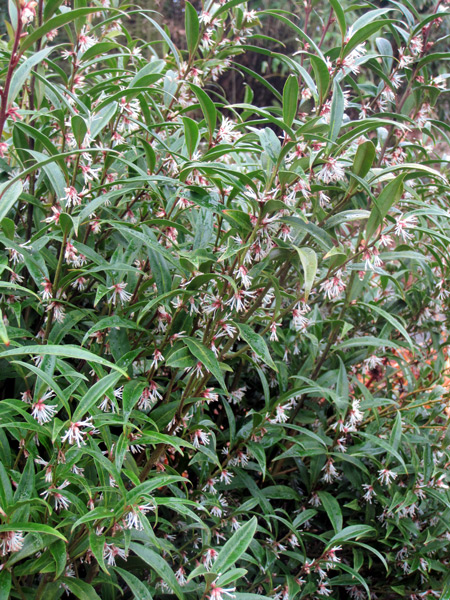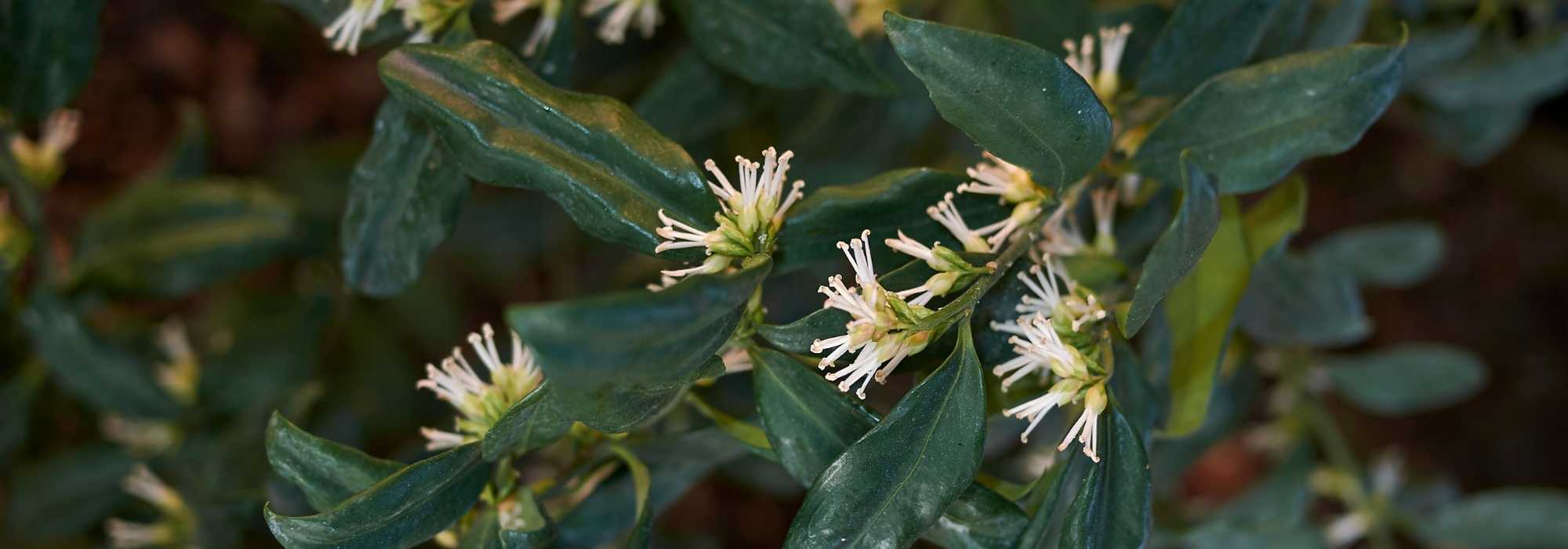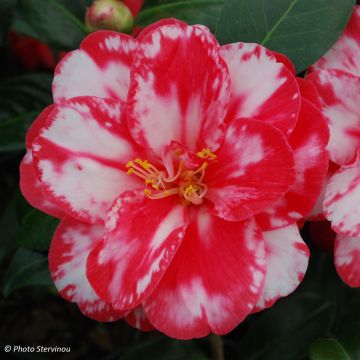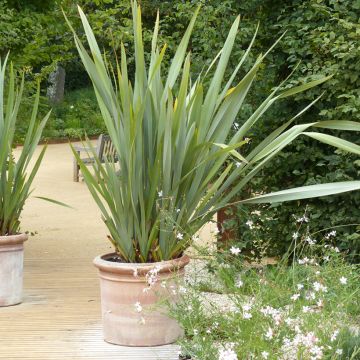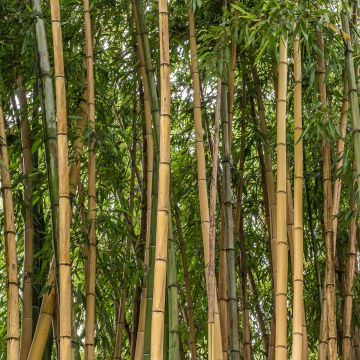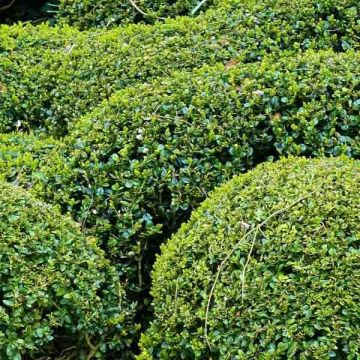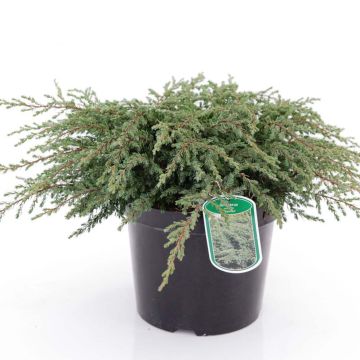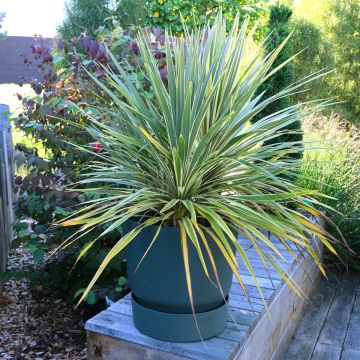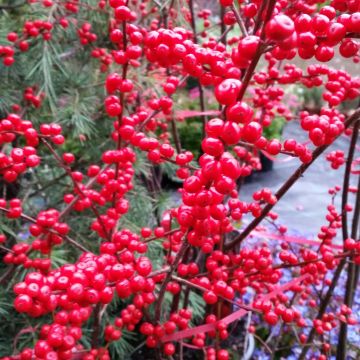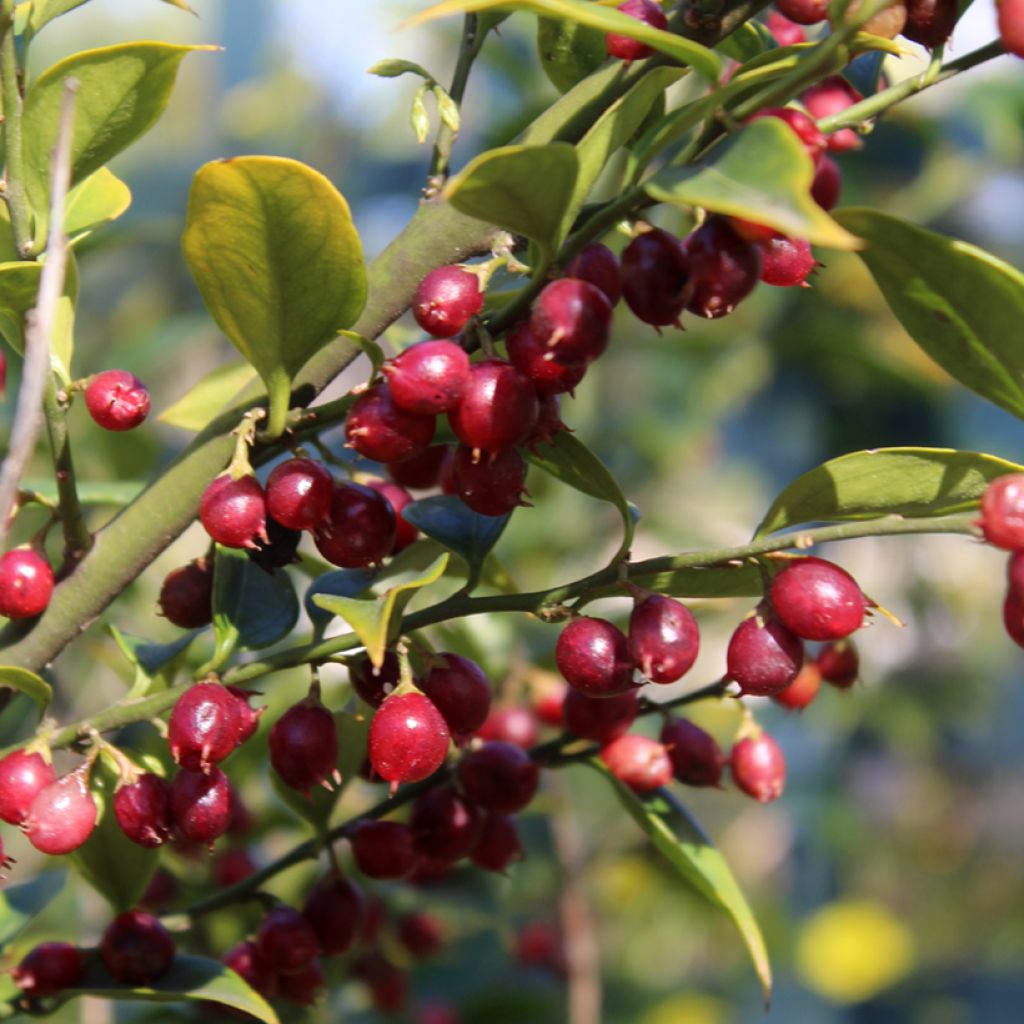

Sarcococca ruscifolia
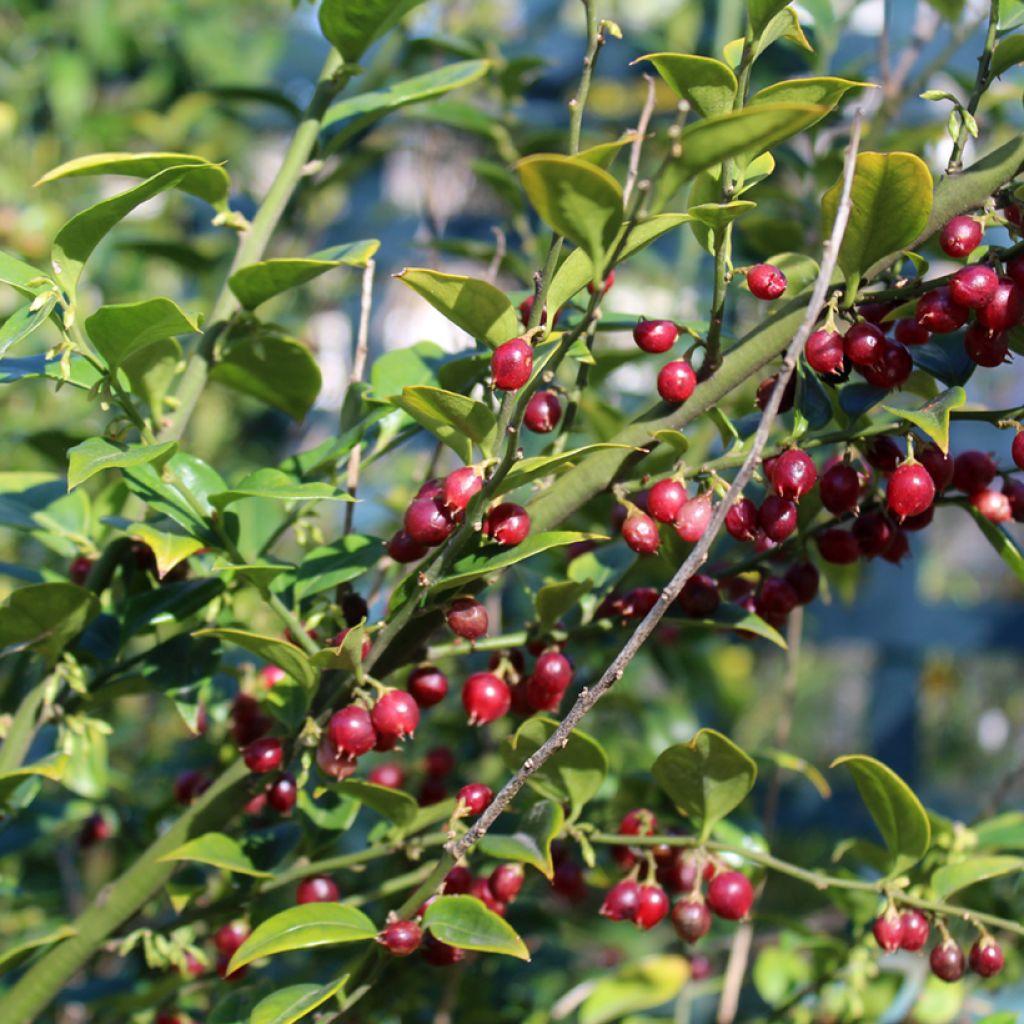

Sarcococca ruscifolia
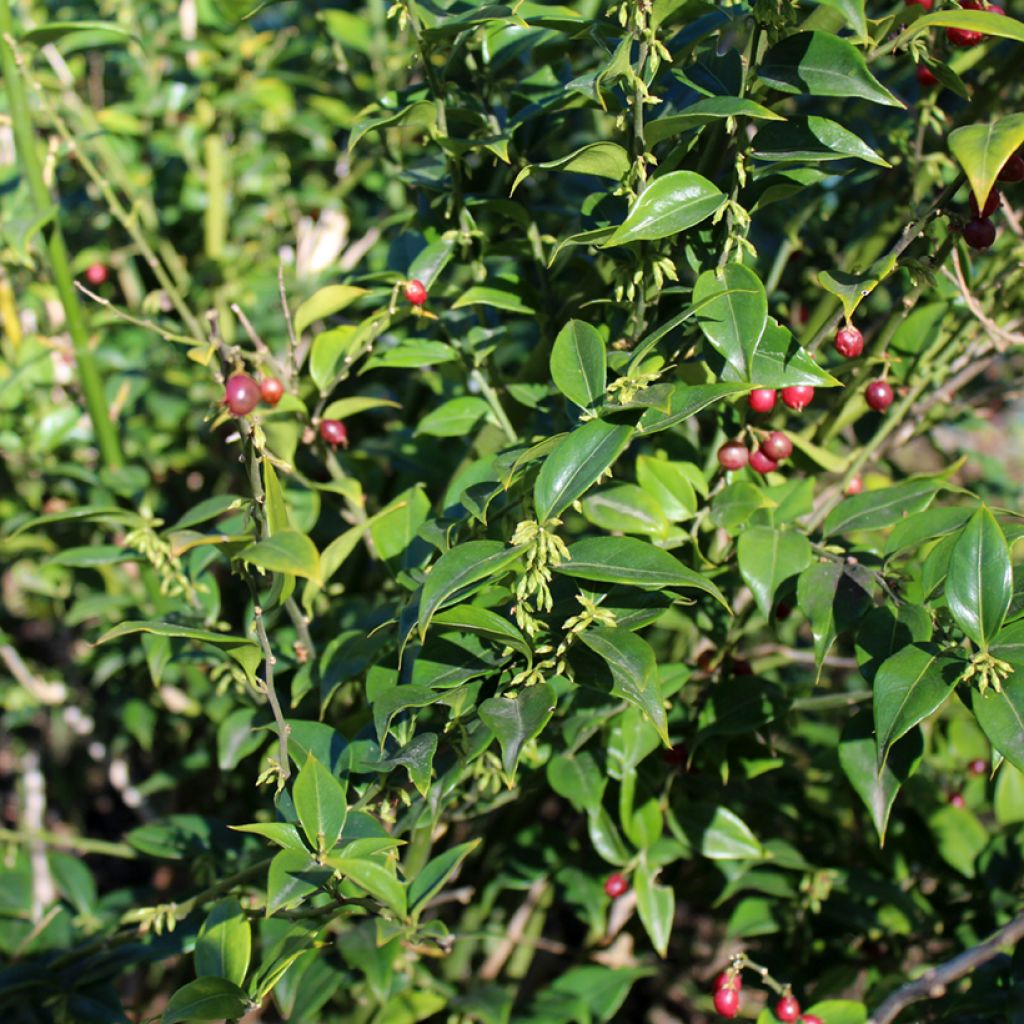

Sarcococca ruscifolia
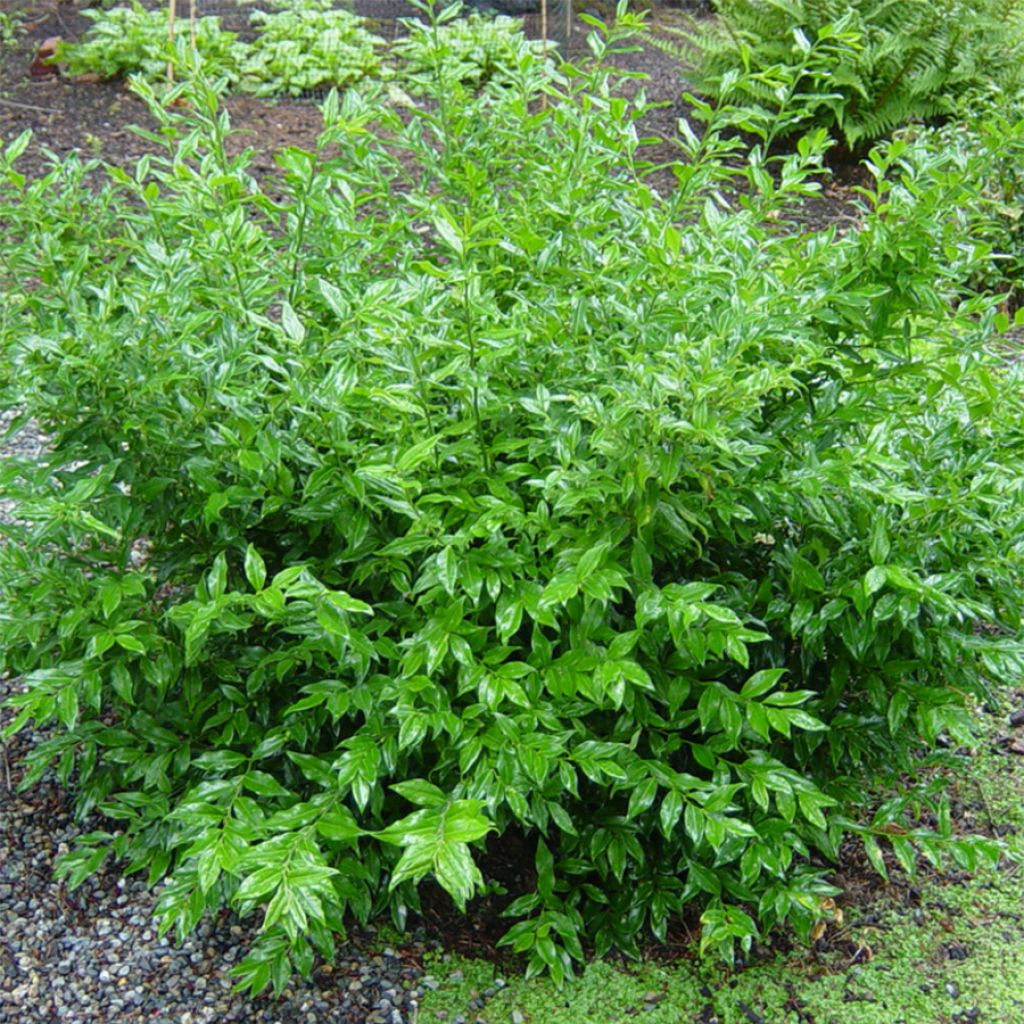

Sarcococca ruscifolia
Sarcococca ruscifolia
Sarcococca ruscifolia
Chinese fragrant Sweet Box
He is doing well but did not bloom this winter.
Isabelle-Sophie, 12/03/2024
Special offer!
Receive a €20 voucher for any order over €90 (excluding delivery costs, credit notes, and plastic-free options)!
1- Add your favorite plants to your cart.
2- Once you have reached €90, confirm your order (you can even choose the delivery date!).
3- As soon as your order is shipped, you will receive an email containing your voucher code, valid for 3 months (90 days).
Your voucher is unique and can only be used once, for any order with a minimum value of €20, excluding delivery costs.
Can be combined with other current offers, non-divisible and non-refundable.
Home or relay delivery (depending on size and destination)
Schedule delivery date,
and select date in basket
This plant carries a 24 months recovery warranty
More information
We guarantee the quality of our plants for a full growing cycle, and will replace at our expense any plant that fails to recover under normal climatic and planting conditions.
Does this plant fit my garden?
Set up your Plantfit profile →
Description
Sarcococca ruscifolia, also known as the Ruscus-leaved Sweet Box, is a beautiful shrub native to central China. Bushy and dense, it has evergreen foliage that is shiny green and highly decorative throughout the year. It reveals its presence in winter, when few plants catch the gardener's attention, attracting them with the delicate fragrance of its small clusters of milky white flowers. Perfectly hardy and requiring very little maintenance, it can be combined with all kinds of plants, even in small gardens, and is equally at home in urban or rural settings. It is easy to grow in shady areas with non-calcareous soil.
Sarcococca ruscifolia belongs to the Buxaceae family, a close relative of Boxwood, and originates from the Chinese province of Hubei, in a mountainous region where it inhabits wooded slopes. It gets its species name from the resemblance of its leaves to those of Butcher's Broom (Ruscus). Introduced to Europe in the 19th century, it has only appeared in Western gardens since the 1990s. It is a small, dense shrub with a globular habit and arching stems, which will not exceed 1 m (3.3 ft) in all directions after many years, as its growth is quite slow. Its evergreen and leathery foliage is dark green on the upper side, lighter underneath. The leaves are elliptical and acuminate, like those of Butcher's Broom. The flowers appear in January, clustered in small axils along the branches. They are no more than 3 mm to 5 mm (0.1 in to 0.2 in) long, have no petals, and only show well-developed white stamens. This highly fragrant flowering continues throughout February, delivering a sweet scent with notes of vanilla. The fruits are 1 cm (0.4 in) ovoid drupes, particularly decorative with their blood-red colour and shiny surface. They become almost black in autumn.
This shrub is very hardy and grows slowly, but, like dwarf conifers, it knows how to blend in during the summer and structure small spaces in winter. It requires little care. It has the advantage of bringing a touch of spring to the garden as early as January. It can be cultivated in flower beds, as well as in woodland areas, low hedges, or ground covers. For example, place it behind a low wall, near a frequently used path, or even close to the home or under a window to fully enjoy its fragrance. It only dislikes calcareous soils and can handle competition from tree roots in woodland areas. It is perfect for filling an undergrowth with ferns, witch hazels, skimmias, aucubas, or azaleas. It can even be grown in pots.
Sarcococca ruscifolia in pictures
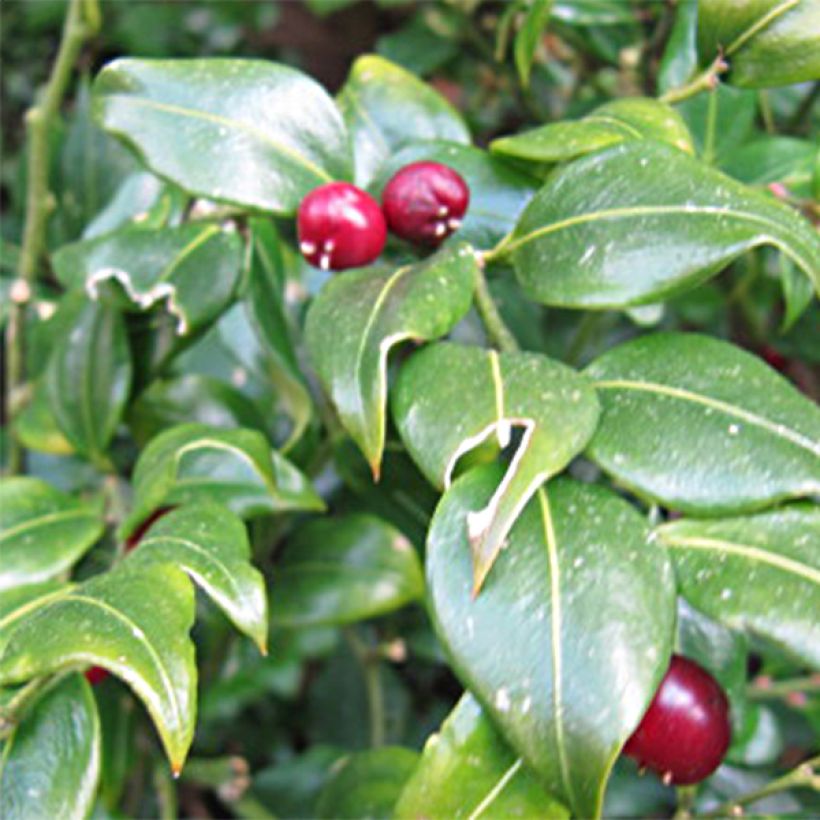

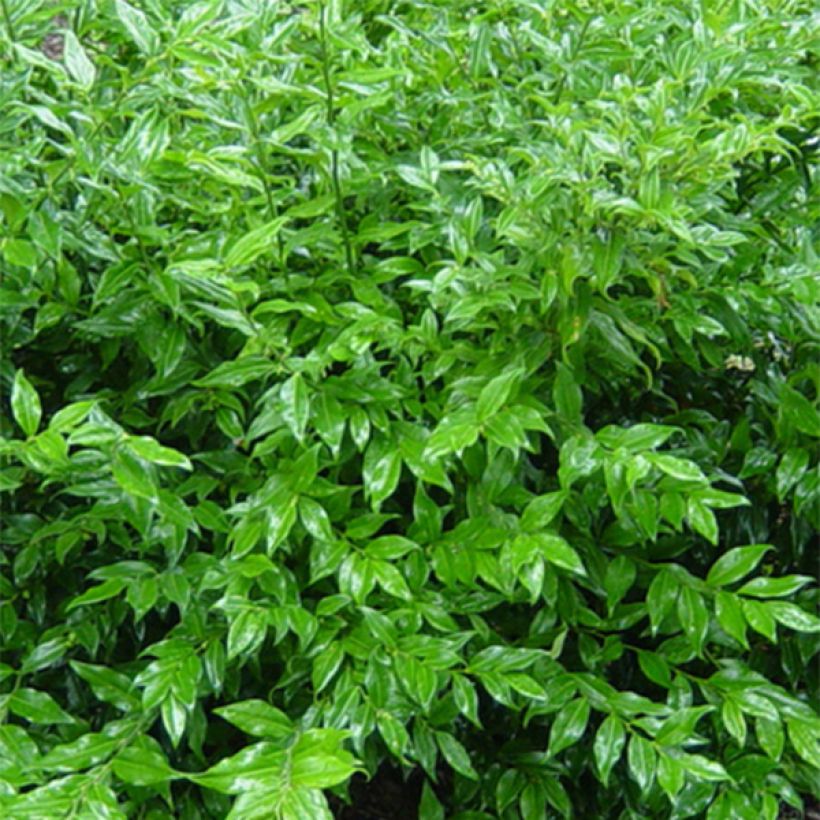

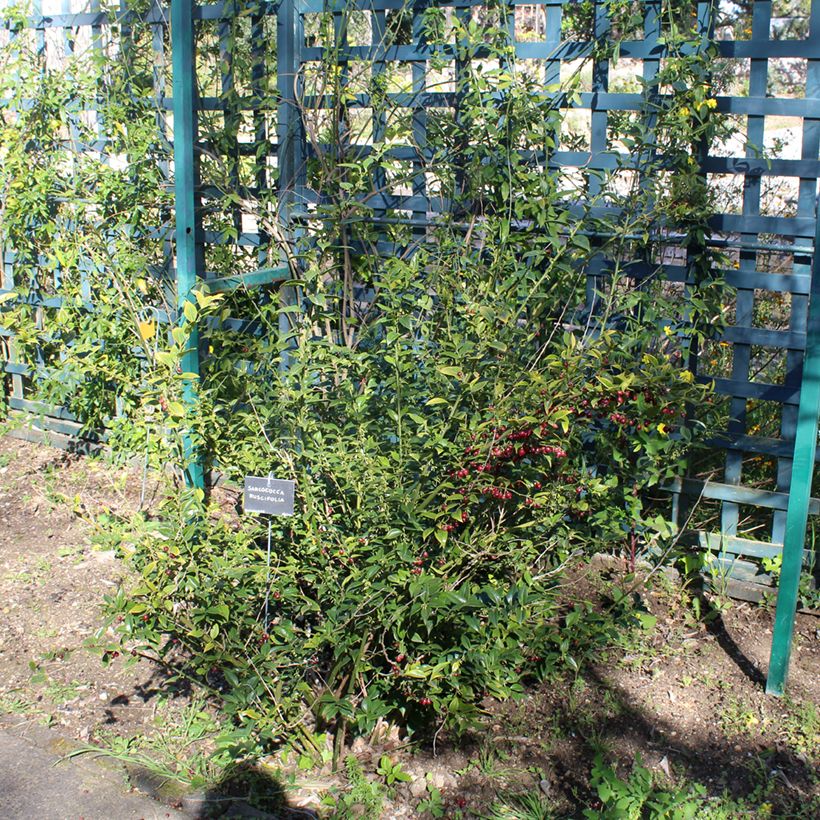

Plant habit
Flowering
Foliage
Botanical data
Sarcococca
ruscifolia
Buxaceae
Chinese fragrant Sweet Box
China
Other Sarcococcas
View all →Planting and care
Sarcococca are so undemanding that they are often reserved for dry and shady corners of the garden. However, they are much more beautiful in oceanic climates, in humus-rich, rather cool and well-drained soil (their roots do not like stagnant humidity). They appreciate partially shaded corners, sheltered from cold and dry winds, and do not fear the presence of tree roots. This bush has the advantage of requiring little maintenance and likes to be forgotten. After flowering, prune lightly by removing branches that compromise its symmetry.
Planting period
Intended location
Care
Planting & care advice
-
, onOrder confirmed
Reply from on Promesse de fleurs
Similar products
Haven't found what you were looking for?
Hardiness is the lowest winter temperature a plant can endure without suffering serious damage or even dying. However, hardiness is affected by location (a sheltered area, such as a patio), protection (winter cover) and soil type (hardiness is improved by well-drained soil).

Photo Sharing Terms & Conditions
In order to encourage gardeners to interact and share their experiences, Promesse de fleurs offers various media enabling content to be uploaded onto its Site - in particular via the ‘Photo sharing’ module.
The User agrees to refrain from:
- Posting any content that is illegal, prejudicial, insulting, racist, inciteful to hatred, revisionist, contrary to public decency, that infringes on privacy or on the privacy rights of third parties, in particular the publicity rights of persons and goods, intellectual property rights, or the right to privacy.
- Submitting content on behalf of a third party;
- Impersonate the identity of a third party and/or publish any personal information about a third party;
In general, the User undertakes to refrain from any unethical behaviour.
All Content (in particular text, comments, files, images, photos, videos, creative works, etc.), which may be subject to property or intellectual property rights, image or other private rights, shall remain the property of the User, subject to the limited rights granted by the terms of the licence granted by Promesse de fleurs as stated below. Users are at liberty to publish or not to publish such Content on the Site, notably via the ‘Photo Sharing’ facility, and accept that this Content shall be made public and freely accessible, notably on the Internet.
Users further acknowledge, undertake to have ,and guarantee that they hold all necessary rights and permissions to publish such material on the Site, in particular with regard to the legislation in force pertaining to any privacy, property, intellectual property, image, or contractual rights, or rights of any other nature. By publishing such Content on the Site, Users acknowledge accepting full liability as publishers of the Content within the meaning of the law, and grant Promesse de fleurs, free of charge, an inclusive, worldwide licence for the said Content for the entire duration of its publication, including all reproduction, representation, up/downloading, displaying, performing, transmission, and storage rights.
Users also grant permission for their name to be linked to the Content and accept that this link may not always be made available.
By engaging in posting material, Users consent to their Content becoming automatically accessible on the Internet, in particular on other sites and/or blogs and/or web pages of the Promesse de fleurs site, including in particular social pages and the Promesse de fleurs catalogue.
Users may secure the removal of entrusted content free of charge by issuing a simple request via our contact form.
The flowering period indicated on our website applies to countries and regions located in USDA zone 8 (France, the United Kingdom, Ireland, the Netherlands, etc.)
It will vary according to where you live:
- In zones 9 to 10 (Italy, Spain, Greece, etc.), flowering will occur about 2 to 4 weeks earlier.
- In zones 6 to 7 (Germany, Poland, Slovenia, and lower mountainous regions), flowering will be delayed by 2 to 3 weeks.
- In zone 5 (Central Europe, Scandinavia), blooming will be delayed by 3 to 5 weeks.
In temperate climates, pruning of spring-flowering shrubs (forsythia, spireas, etc.) should be done just after flowering.
Pruning of summer-flowering shrubs (Indian Lilac, Perovskia, etc.) can be done in winter or spring.
In cold regions as well as with frost-sensitive plants, avoid pruning too early when severe frosts may still occur.
The planting period indicated on our website applies to countries and regions located in USDA zone 8 (France, United Kingdom, Ireland, Netherlands).
It will vary according to where you live:
- In Mediterranean zones (Marseille, Madrid, Milan, etc.), autumn and winter are the best planting periods.
- In continental zones (Strasbourg, Munich, Vienna, etc.), delay planting by 2 to 3 weeks in spring and bring it forward by 2 to 4 weeks in autumn.
- In mountainous regions (the Alps, Pyrenees, Carpathians, etc.), it is best to plant in late spring (May-June) or late summer (August-September).
The harvesting period indicated on our website applies to countries and regions in USDA zone 8 (France, England, Ireland, the Netherlands).
In colder areas (Scandinavia, Poland, Austria...) fruit and vegetable harvests are likely to be delayed by 3-4 weeks.
In warmer areas (Italy, Spain, Greece, etc.), harvesting will probably take place earlier, depending on weather conditions.
The sowing periods indicated on our website apply to countries and regions within USDA Zone 8 (France, UK, Ireland, Netherlands).
In colder areas (Scandinavia, Poland, Austria...), delay any outdoor sowing by 3-4 weeks, or sow under glass.
In warmer climes (Italy, Spain, Greece, etc.), bring outdoor sowing forward by a few weeks.






























